
Authored by
JONATHAN DAVIES
Senior Agriculture Advisor and Global Coordinator for Drylands,
IUCN
I often find myself reminiscing about a song from my youth:
“DON’T IT ALWAYS SEEM TO GO THAT YOU DON’T KNOW WHAT YOU'VE GOT 'TIL IT'S GONE…”
Joni Mitchell’s Big Yellow Taxi, capturing the need to safeguard “paradise” – the birds, the bees, our food and more – is more relevant today than ever.
It’s not just the birds or the bees that are important. From the common earthworm to Mycorrhizal fungi, the vast agriculture fields producing our food harbour an array of biodiversity. This flora and fauna – much of it invisible at first glance – determines the nutrient and water cycles in the soil, thereby helping to regulate water supplies for farmers and communities alike.
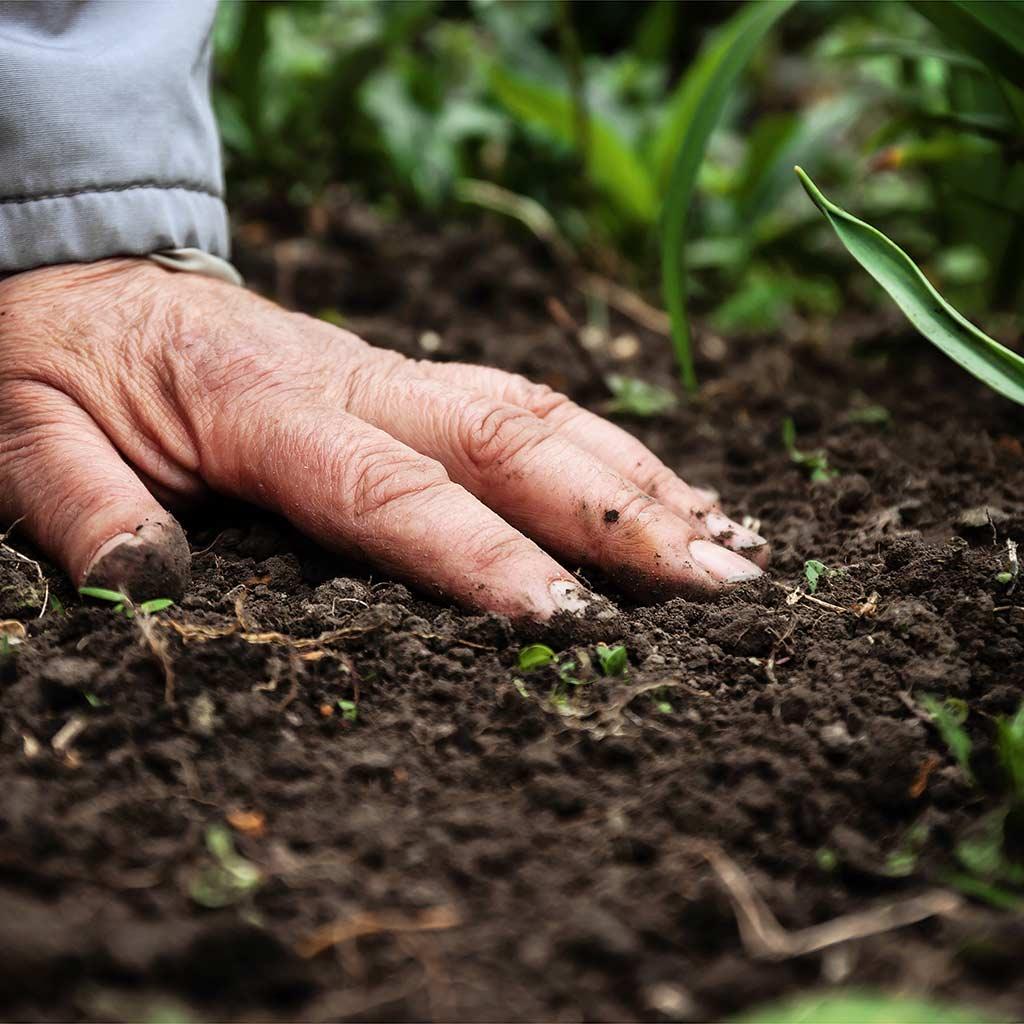
Soil, one of the essential components of land, also plays an important role by absorbing and storing carbon from the atmosphere, helping to mitigate climate change and its impacts.
However, global experts warn that this unique biodiversity is under threat from unsustainable land use and the resulting degradation. In turn, this causes a loss of productivity, and reduced biodiversity and carbon storage in the soil and vegetation.
“UNLESS URGENT AND CONCERTED ACTION IS TAKEN, LAND DEGRADATION WILL WORSEN IN THE FACE OF POPULATION GROWTH, UNPRECEDENTED CONSUMPTION, AN INCREASINGLY GLOBALIZED ECONOMY AND CLIMATE CHANGE.”
Assesment Report on Land Degradation and Restoration 2018,
IPBES (Intergovernmental Science-policy Platform on Biodiversity and Ecosystem Services).
AGRICULTURE, BIODIVERISTY AND CLIMATE
Agriculture is a key driver of land-use change, which in turn contributes to biodiversity loss and climate change.
Between 25-30% of all land on the planet is affected by land degradation, including over 40% of all agricultural land. It contributes to biodiversity loss, climate change, food and water insecurity, drought, and other social and environmental challenges, including human migration.
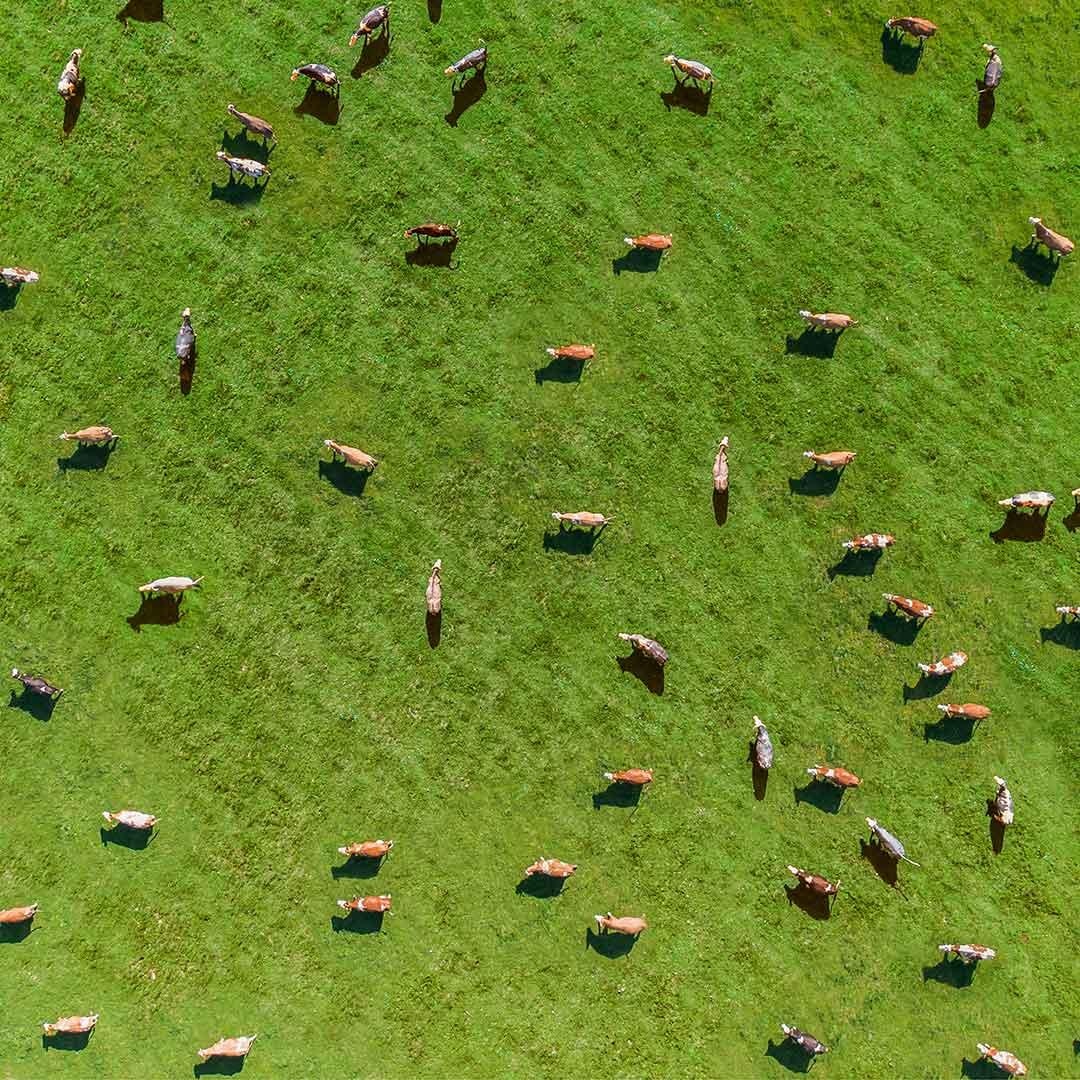
TODAY, LAND IS AT A PREMIUM
With a growing population to feed – more than an estimated 9 billion people by 2050 – land is at a premium. If current trends continue, available agricultural land could reach its peak in the next 20 years, while the demand for food production is likely to continue to rise. But ‘how’ is the key question.
Unsustainable agricultural intensification, for instance, is often to blame and can impact pollinator populations as well as generate environmental hazards like pollution, and further land degradation. This, in turn, can create a vicious spiral by threatening food production as well as important ecosystem services.
REGENERATIVE AGRICULTURE CAN BE PART OF THE SOLUTION
Maintaining and protecting the biodiversity – the species, genes and ecosystems – in the agriculture supply chain is increasingly recognised by farmers and the agri-business sector as essential for producing healthy food, which relies on rich, fertile soil for nutrient cycling, decomposition, pest and disease control, among many other positive contributions.
Yet, despite these known benefits, a large majority of soil biota currently found in the agriculture landscape remains unidentified and less than 1% of some groups have been described.
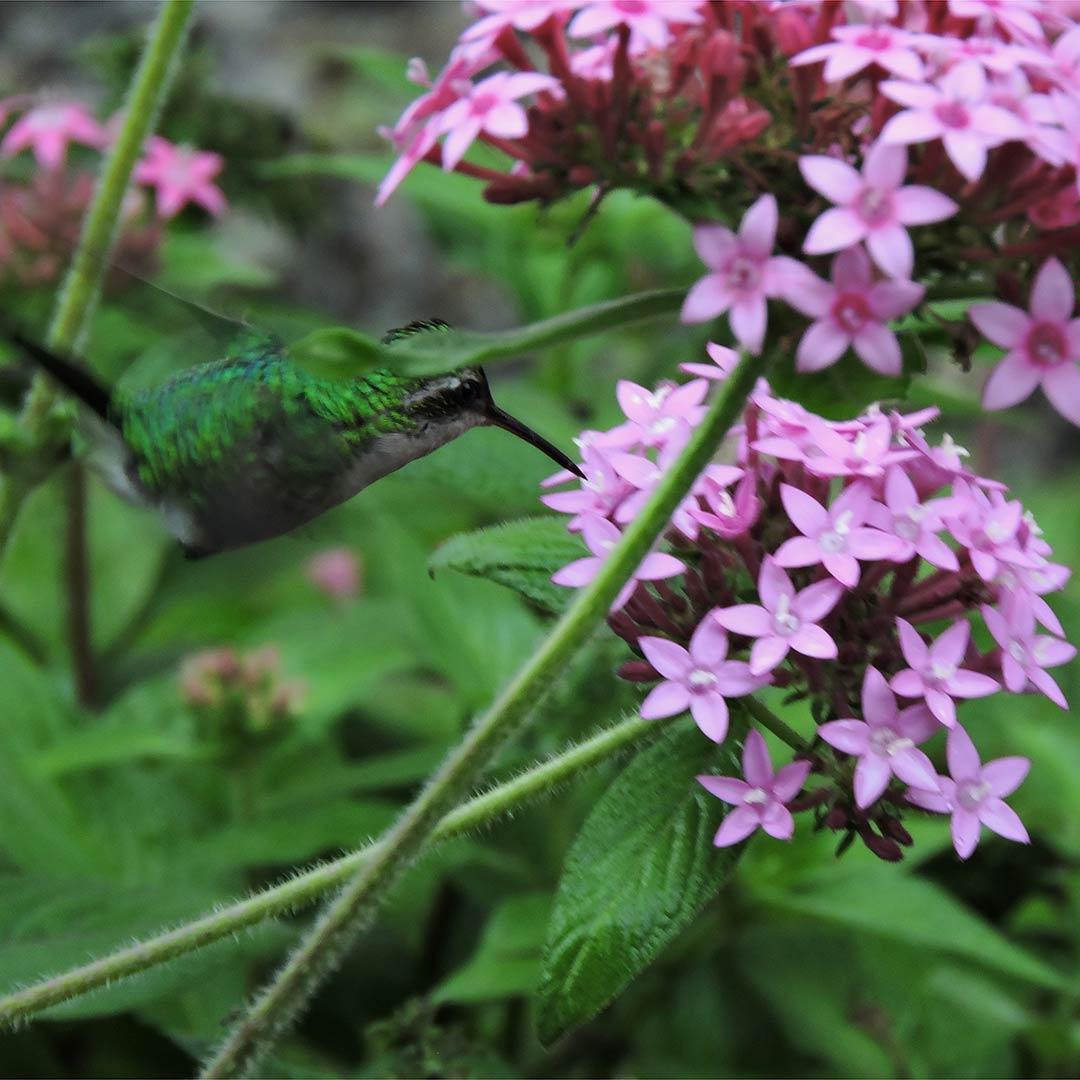

There is an urgent need therefore, for a deeper and wider understanding of the function of soil as an ecological system on the part of all agriculture stakeholders. Furthermore, promoting land health, including restoring and protecting soil biodiversity, must become a shared priority for the conservation and agriculture sectors.
Well-managed agricultural land is critical for generating many benefits for our society, beyond just food. An IUCN report highlighting these benefits was published in 2020.

THE BUSINESS CASE FOR SUSTAINABLE SOIL MANAGEMENT
Today, sustainable agriculture comes in many forms. As another IUCN report explains, whether it is agro-ecology, regenerative agriculture, organic farming, nature-inclusive agriculture, ecological intensification or others, all of these practices have a number of important commonalities and challenges, which can contribute to reducing the threats from further habitat destruction and land degradation.
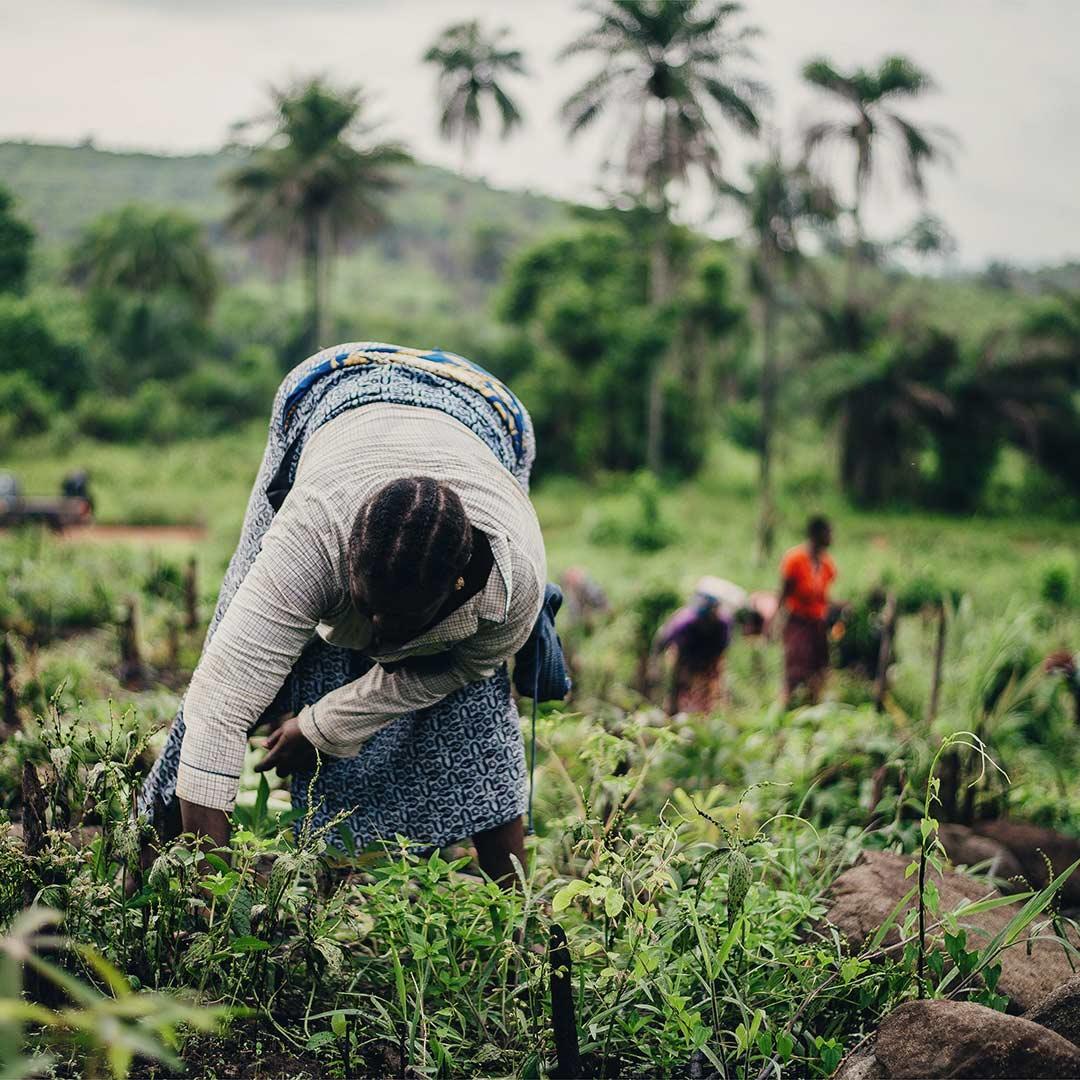
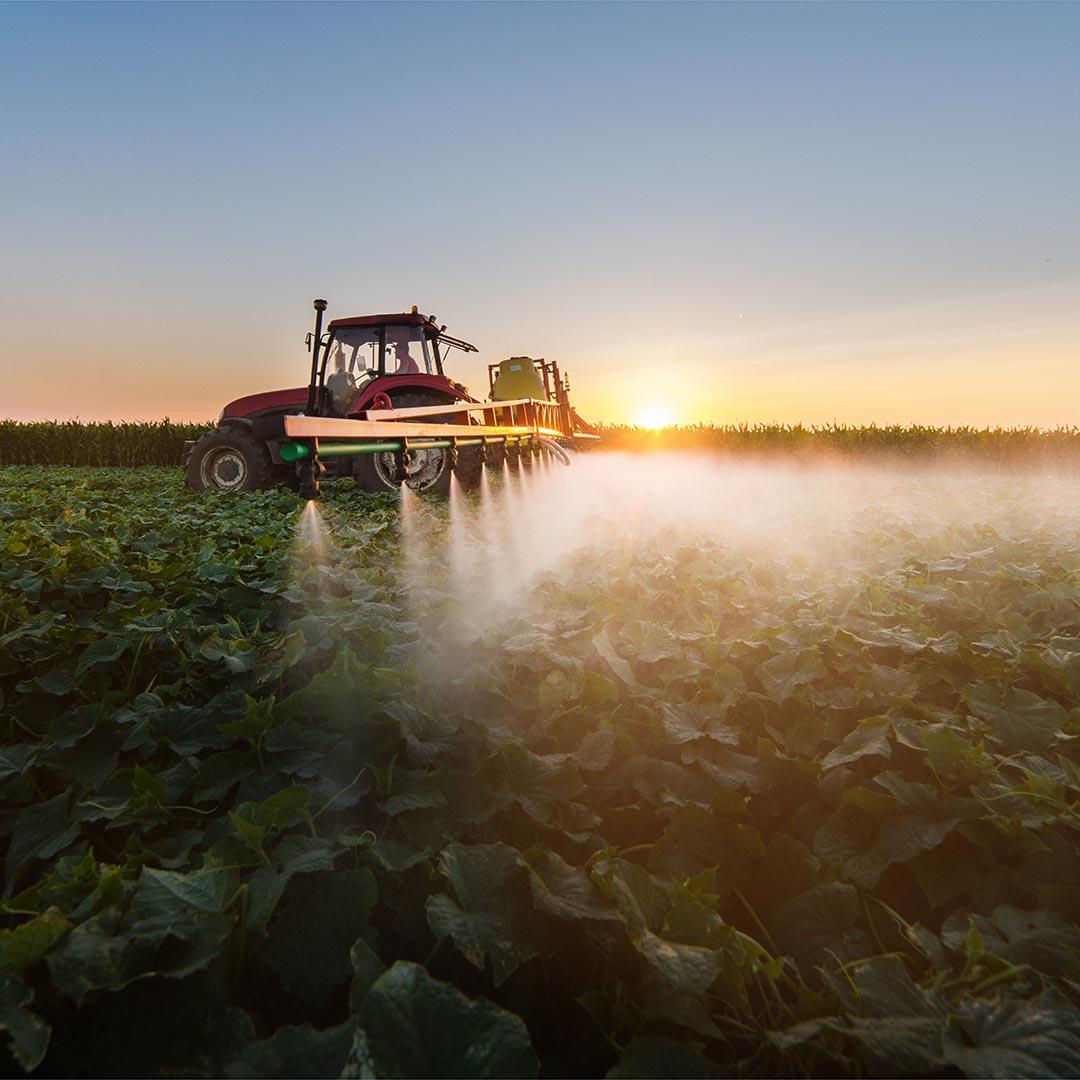
Unless the agri-business sector and farmers embrace sustainable agriculture approaches, such as regenerative agriculture which promotes healthy soil, land degradation will continue to cost society up to USD 10.6 trillion per year. This is due to the poorly targeted use of pesticides, excessive reliance on non-organic fertilisers and a limited understanding of the role of soil biota in the farming system. Farmers in developing countries are particularly vulnerable to land degradation, as regulations are often weak.
On the other hand, the Food and Land Use Coalition report (2019) argues that transforming our food and farming systems could potentially unlock USD 4.5 trillion in new business opportunities each year by 2030, while saving USD 5.7 trillion a year in damage to people and the planet by 2030.
“PROTECTING SOIL BIODIVERSITY, ALONE, COULD CONTRIBUTE BETWEEN USD 1.5 AND 13 TRILLION ANNUALLY TO THE VALUE OF ECOSYSTEMS SERVICES.”
VAN DER PUTTEN ET AL., 2004
SUSTAINABLE AGRICULTURE LEADS TO SUSTAINABLE LIVELIHOODS
Global food production currently exceeds all that is required for everyone to enjoy a healthy diet. Yet 800 million people are still considered food insecure and malnourished.
The answer does not lie in more food production. As the United Nations has confirmed, there is enough food to feed all the people on the planet. However, governments under pressure often respond by expanding the agriculture sector, instead of championing agricultural practices that strengthen biodiversity, fertility and productivity and reducing inefficiencies and waste. If such practices continue, natural habitat – forests, shrubs and grasslands – will be increasingly threatened by conversion and current agricultural land will become further degraded.
In addition to the economic arguments and environmental concerns, there are enormous social benefits in changing current practices. The agriculture sector provides livelihoods for millions of people. Most people living in extreme poverty are in rural areas, where food production is often the main economic activity. OECD estimates that there are about 570 million farms worldwide today, and millions of other people work in food-related jobs.
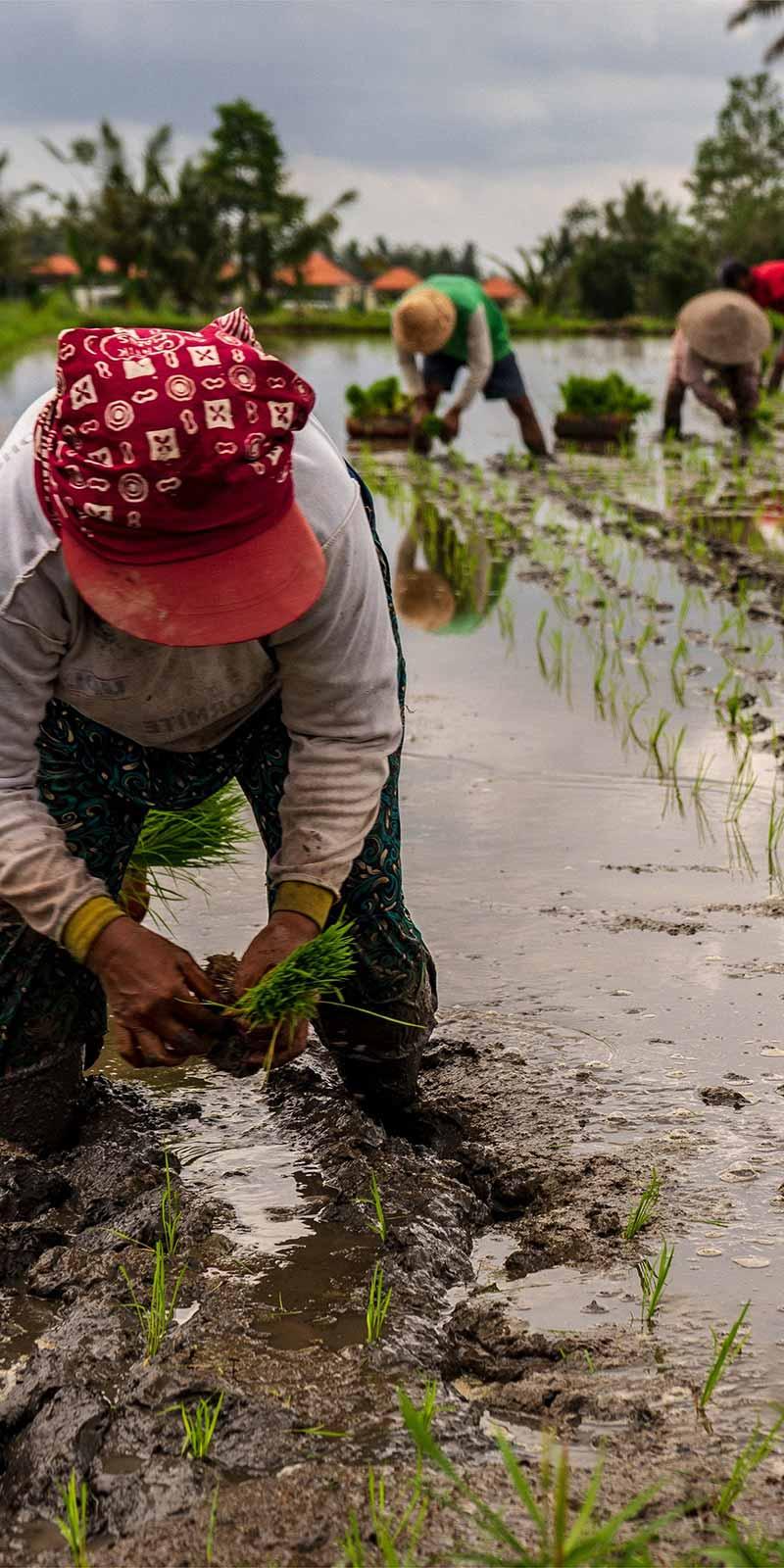
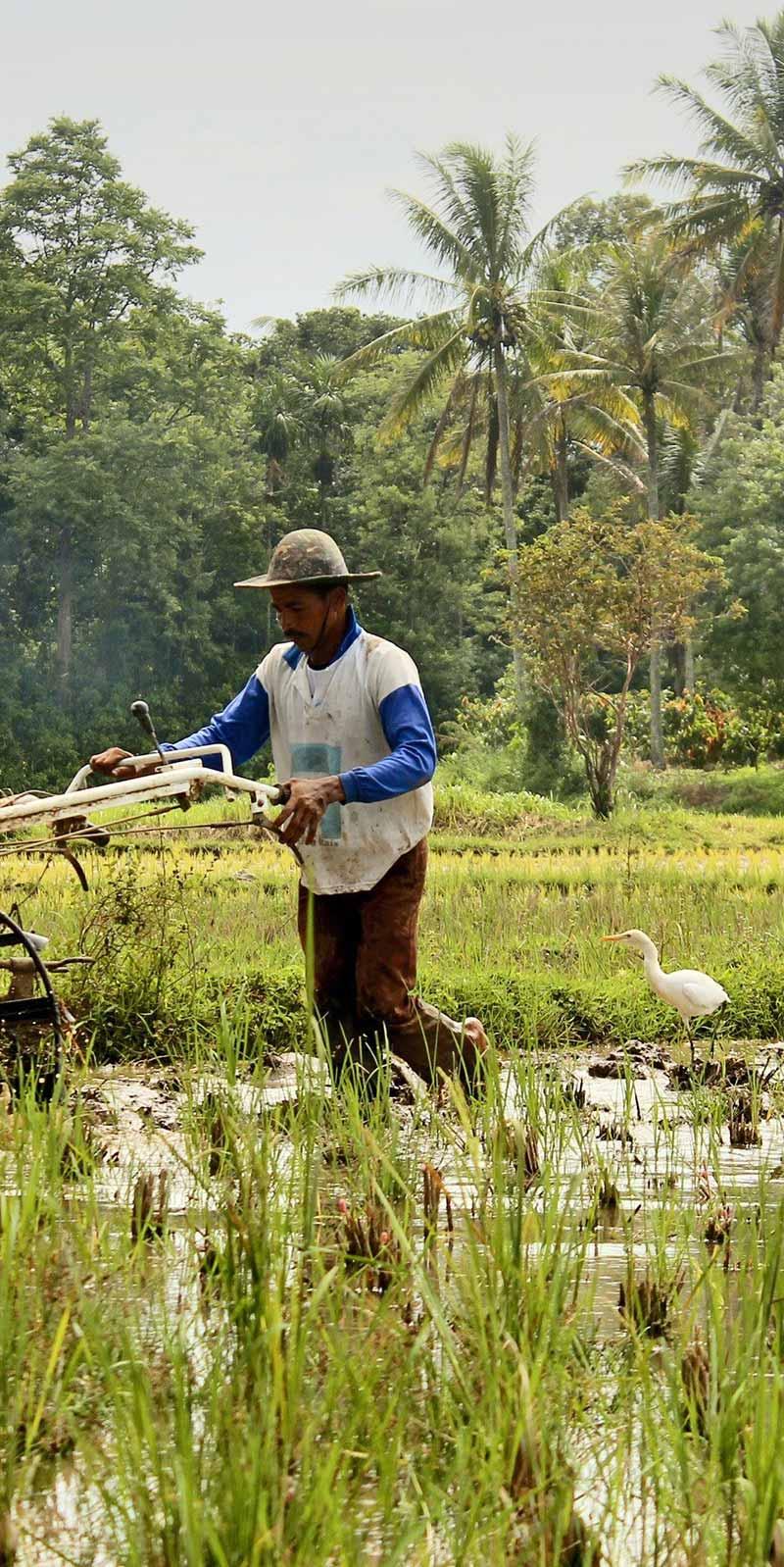
Helping people in this sector achieve what is known as “sustainable livelihoods” – one where they benefit from nature – requires adopting more eco-friendly and resource-efficient practices.
Thus, there is an urgent need to address our land health and transition to a “nature-positive” agriculture system. In its recent report, The Future of Nature and Business, the World Economic Forum calls for a host of reforms, including advancing productive and regenerative agriculture.
A HEALTHIER FUTURE FOR ALL
At IUCN, we firmly believe that strengthening environmental stewardship and enhancing ecosystem services, including nurturing soil biodiversity, must be included as part of the global transformation to a healthier future for all.
Finding a balance to meet society’s needs will require producers and agri-business as well as decision-makers and consumers to change course, and acknowledging the benefits that such approaches offer is a first step for achieving this goal.
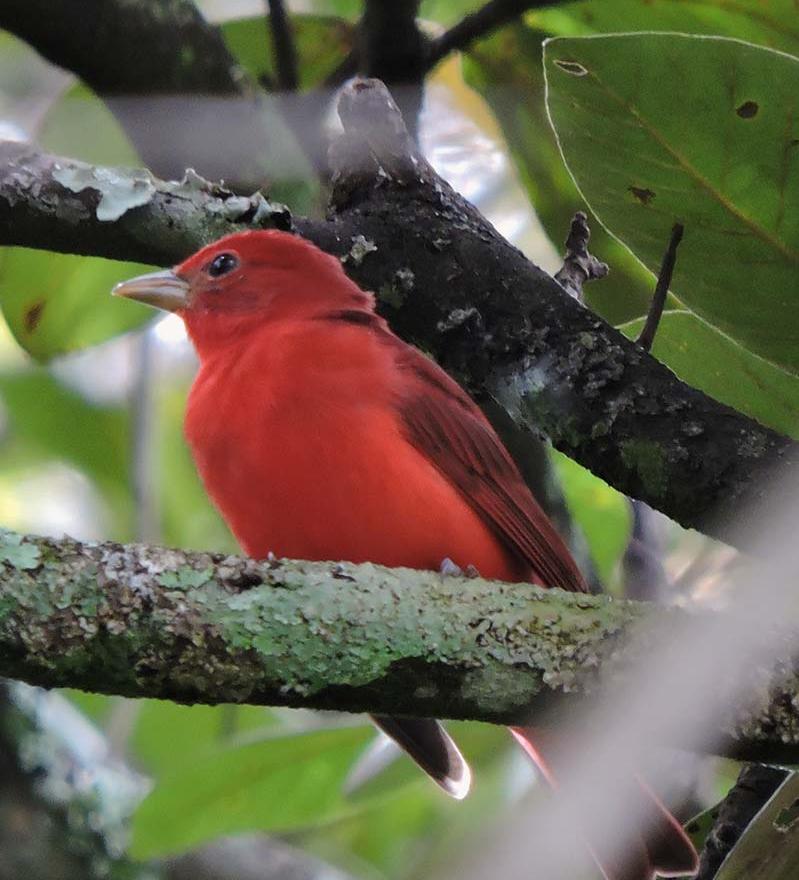
THIS ARTICLE USES IMAGES SUBJECT TO COPYRIGHT © PUR / ANA KARINA DELGADO & TOMAS MENDEZ / WWW.ELEGANTE.CO
Article published in: October 2020

